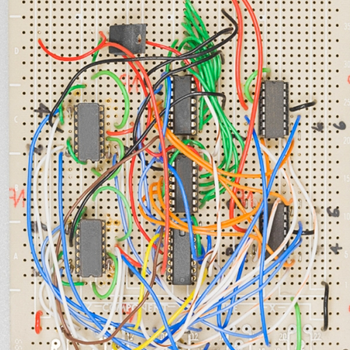Question #acfee
2 Answers
See the explanation.
Explanation:
[Part1] Determine the mass of diethylamine.
The reaction between diethylamine and hydrochloric acid is
Let
Acording to the reaction formula, the amount of substance is the same for the acid and the base.
[Part2] Then, what is the pH at the equivalent point?
The amount of substance of diethylamine chloride(
The equilibrium state of diethylamine is
The hydrosis of
And the equilibrium constant is
Then, let's solve [3].
[a]
[b] Let
[c]
Substitute [a],[b] and [c] to [3].
Therefore, the pH is
We've effectively "neutralized" a weak base. Unlike traditional neutralization reactions, the pH at the equivalence point isn't equal to
Note, I've assumed volumes are additive.

are the concentrations at the equivalence point. Now, let's examine another equilibrium that is occurring due to the conjugate acid dissociating:

We know the concentration of the conjugate acid, and using the equilibrium expression,
Hence,
This is reasonable, because the conjugate acid will make the solution slightly acidic at the equivalence point, the weak base having been consumed.


